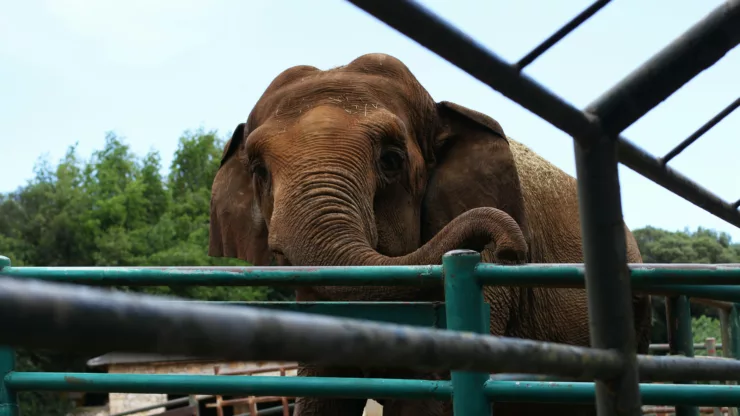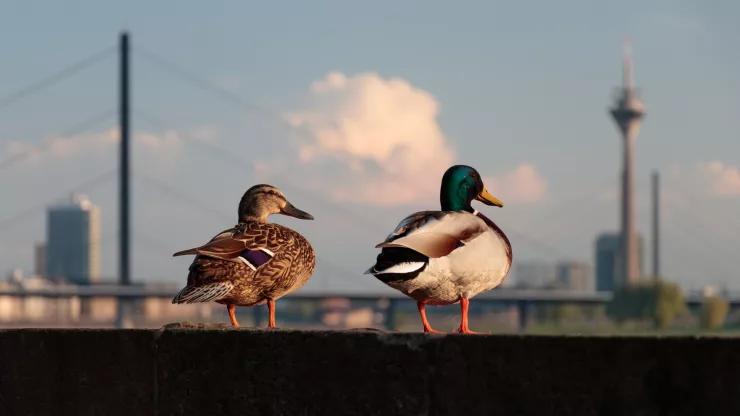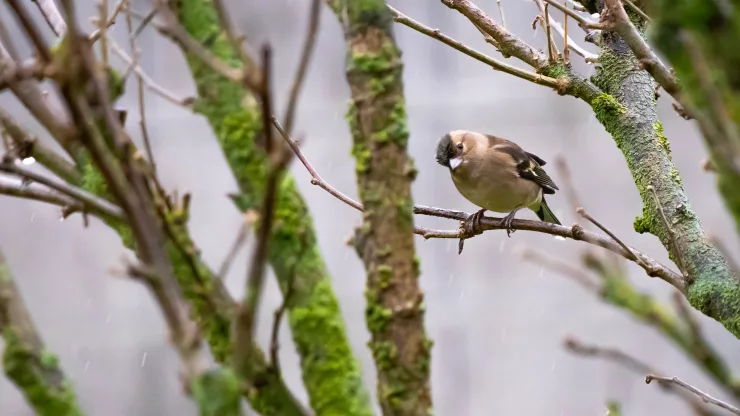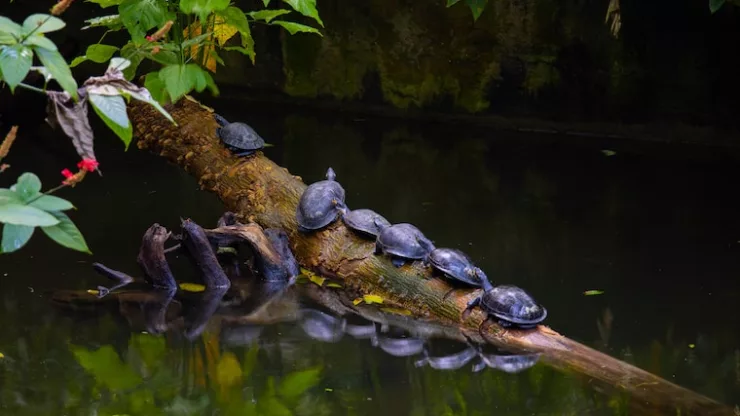Urbanization, the process of urban growth, has become a global phenomenon.
With the increasing population, urban areas are expanding to accommodate the growing demand for housing, infrastructure, and employment.
However, this has led to negative impacts on the environment, including wildlife.
In this article, we will take a closer look at how urbanization affects wildlife, the case studies that illustrate these effects, and the solutions to mitigate them.
Jump to Section
Introduction
Urbanization is transforming natural landscapes into urban areas. This process is having a significant impact on wildlife, which is forced to adapt to new and often challenging conditions.
Urbanization has led to the loss and fragmentation of habitats, changes in food sources, exposure to pollutants, increase in predators, and climate change, among others.
These impacts are affecting various species of wildlife in different ways.
The Importance of Studying Urbanization and Wildlife
Understanding the impact of urbanization on wildlife is crucial for balancing the needs of humans and wildlife.
This knowledge can help us develop strategies to mitigate the negative effects of urbanization on wildlife.
It can also help to create sustainable urban environments that support both humans and wildlife.
The Effects of Urbanization on Wildlife
Urbanization has had various effects on wildlife. Some of the most significant impacts include:
Habitat Loss and Fragmentation
Habitat loss and fragmentation are the most significant impacts of urbanization on wildlife. As urban areas expand, they encroach on natural habitats, reducing the space available for wildlife.
This loss of habitat can isolate populations, limit their movement, and reduce genetic diversity.
Changes in Food Sources
Urbanization can change the availability and quality of food sources for wildlife.
The introduction of exotic plants and animals can lead to the displacement of native species, reducing the diversity of food available for wildlife.
Increase in Predators
Urbanization can lead to an increase in predators, such as domestic cats and dogs, which are often allowed to roam free in urban areas.
This increase in predators can have a significant impact on wildlife populations.
Exposure to Pollutants
Urbanization can expose wildlife to pollutants such as pesticides, herbicides, and heavy metals.
These pollutants can have adverse effects on wildlife, including reduced reproductive success, developmental abnormalities, and death.
Climate Change
Urbanization can contribute to climate change, which can impact wildlife in various ways, including changes in temperature, precipitation patterns, and extreme weather events.
These changes can affect the behavior, physiology, and distribution of wildlife.
Case Studies
Various case studies illustrate the impact of urbanization on wildlife. Some examples include:
Impact on Birds
Example 1: Urbanization and the Decline of Songbirds
The loss and fragmentation of habitats due to urbanization have led to a decline in songbird populations.
These birds require large, contiguous areas of forest to breed and feed.
Urbanization has fragmented these habitats, reducing the availability of suitable breeding and feeding areas.
Example 2: Urbanization and the Adaptation of Pigeons
Urbanization has had a positive impact on some species of birds, such as pigeons.
These birds have adapted to urban environments and can thrive in areas with abundant food, shelter, and nesting sites.
Impact on Mammals
Example 1: Urbanization and the Increase of Raccoons
Urbanization has led to an increase in raccoon populations in urban areas.
These animals have adapted to urban environments and can find food and shelter in areas such as garbage cans, attics, and basements.
Example 2: Urbanization and the Decline of Coyotes
Coyotes are highly adaptable animals, but they are vulnerable to habitat loss and fragmentation due to urbanization.
The loss of natural habitats can isolate populations, reducing genetic diversity and making them more vulnerable to disease and other threats.
Impact on Reptiles and Amphibians
Example 1: Urbanization and the Decline of Turtles
Urbanization has had a significant impact on turtle populations, particularly those that require wetland habitats.
These habitats have been lost and fragmented due to urbanization, reducing the availability of suitable breeding and feeding areas.
Example 2: Urbanization and the Adaptation of Frogs
Some species of frogs have adapted to urban environments. They can thrive in areas with artificial water sources, such as swimming pools and water fountains.
However, these adaptations can also make them vulnerable to predators and other threats.
Solutions to Mitigate the Impact of Urbanization on Wildlife
To mitigate the impact of urbanization on wildlife, various strategies can be employed. These include:
Habitat Restoration and Creation
Restoring and creating habitats can help to mitigate the negative effects of urbanization on wildlife. This can involve planting native plants, creating wetlands, and restoring degraded habitats.
Wildlife Crossings and Corridors
Wildlife crossings and corridors can help to connect isolated populations and promote genetic diversity.
These crossings can include overpasses, underpasses, and tunnels.
Community Education and Outreach
Community education and outreach can help to raise awareness of the importance of wildlife conservation in urban environments.
This can involve educating people on the impact of urbanization on wildlife and the steps they can take to mitigate these impacts.
Urban Planning and Design
Urban planning and design can incorporate wildlife-friendly features into urban areas.
This can include green roofs, vertical gardens, and wildlife-friendly landscaping.
Balancing Urbanization and Wildlife Conservation
Balancing urbanization and wildlife conservation is crucial for creating sustainable, livable cities.
Urbanization can have significant negative impacts on wildlife, but with the right strategies and approaches, we can mitigate these impacts and create urban environments that support both humans and wildlife.
Frequently Asked Questions
What is habitat fragmentation?
Habitat fragmentation is the process by which natural habitats are split into smaller, isolated fragments. This can occur due to urbanization, deforestation, and other human activities.
Habitat fragmentation can have significant negative impacts on wildlife, reducing the availability of suitable breeding and feeding areas, and isolating populations.
How can we reduce the impact of urbanization on wildlife?
To reduce the impact of urbanization on wildlife, various strategies can be employed, including habitat restoration and creation, wildlife crossings and corridors, community education and outreach, and urban planning and design.
These strategies can help to mitigate the negative effects of urbanization on wildlife and create sustainable, livable cities.
I’m a nature enthusiast and creator of Metro Wilds and have spent years exploring the great outdoors.
With a passion for environmental conservation and sustainability, I have dedicated my career to writing about the beauty and wonders of nature, as well as the threats facing our planet.
Contact me at [email protected] for assistance.





